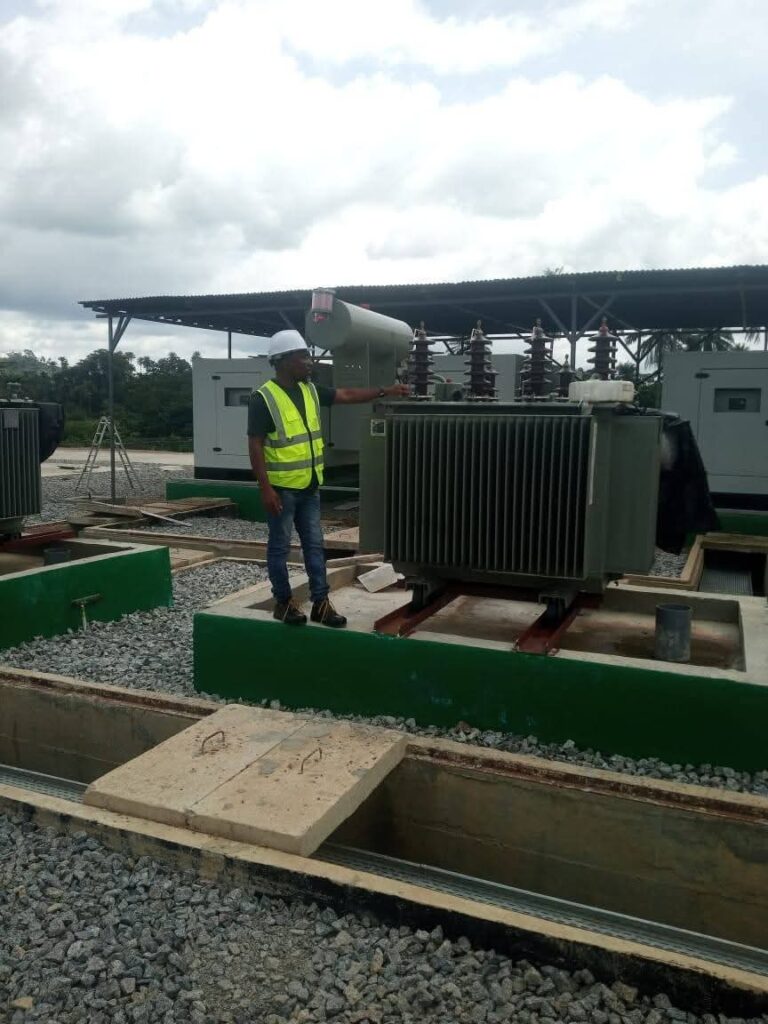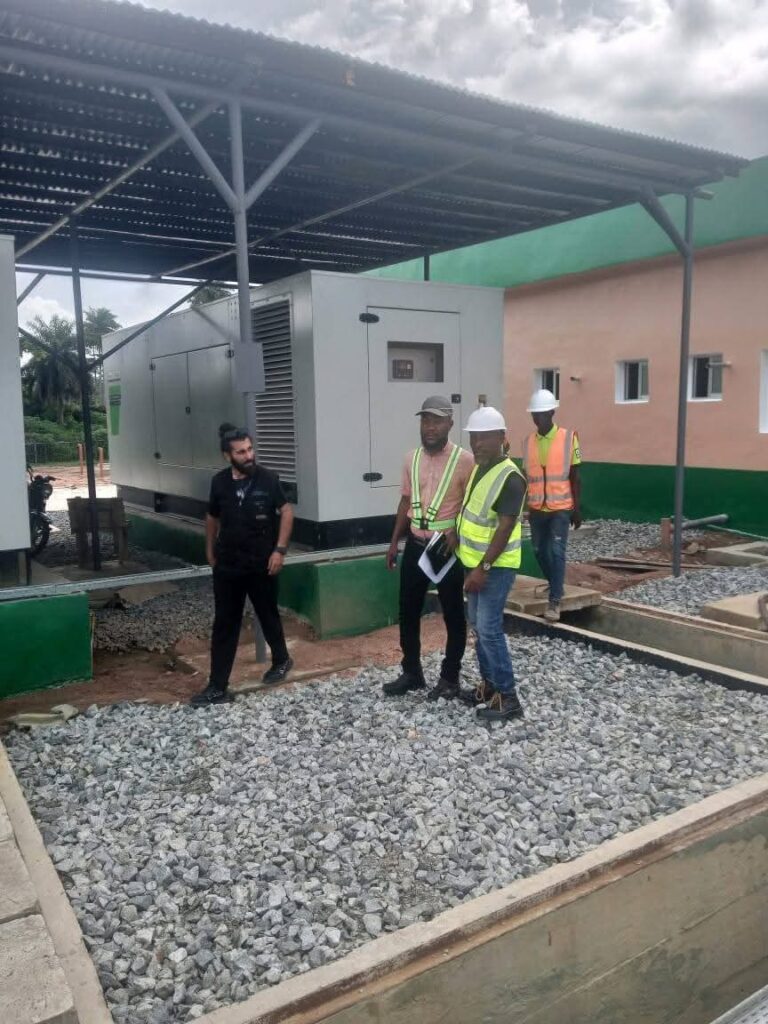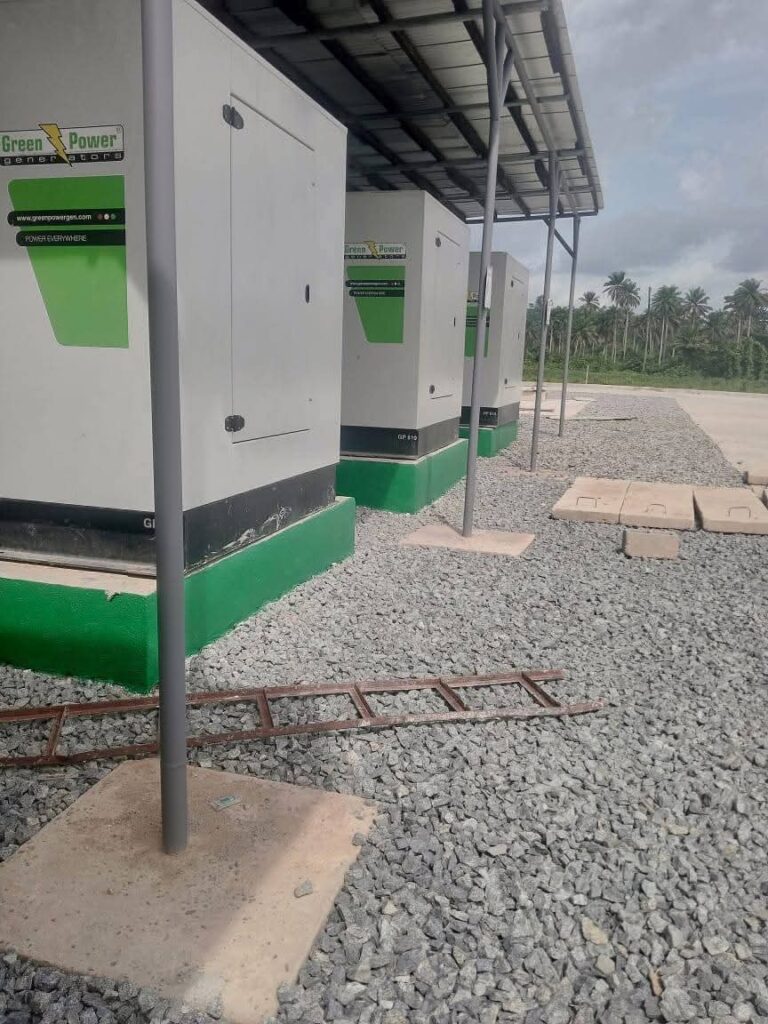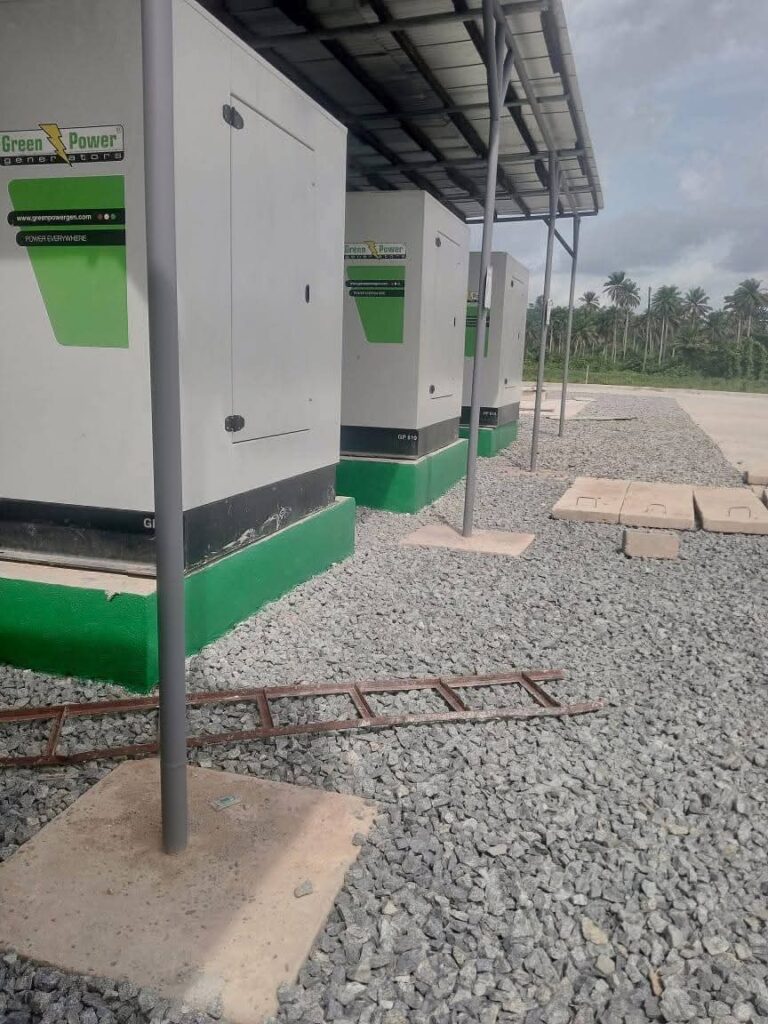By: Peter Kollie| Lofa County Correspondent
Bawala, Lofa County –Thursday, June 12, 2025 – The Rural and Renewable Energy Agency (RREA) has announced that it is on the brink of completing a significant energy project in Lower Lofa County, aimed at transforming electricity access for more than 10,000 homes.

According to RREA Executive Director Samuel Nagbe, the agency is now 99% done with the installation of a 1.8-megawatt (MW) diesel-powered generation system in Bawala Village, located on the outskirts of Voinjama. The installation includes accompanying transformers and fuel storage systems, forming a key part of the hybrid mini-grid network that will soon serve several communities in the region.
In a follow-up phase, scheduled to begin on July 1, 2025, RREA will launch the installation of a 4MWp Solar Photovoltaic (PV) system along with 9MWh of Battery Energy Storage Systems (BESS). This cutting-edge solar infrastructure will be co-located just outside Voinjama, forming a hybrid energy model combining solar and diesel power sources to ensure reliable, continuous electricity.
“This combination of diesel generation, solar energy, and battery storage will serve as the primary energy source for Lower Lofa County,” said Nagbe.
So far, the agency has completed the construction of 350 kilometers of medium and low voltage transmission lines, enabling connectivity for key population hubs such as Voinjama, Foya, Kolahun, Bolahun, and Massabolahun. RREA also reaffirmed its commitment to electrify all communities situated between these major load centers.
Solar Over Hydro: Strategic Shift to Cost-Efficiency
The solar installation represents a strategic pivot away from the agency’s earlier plan to construct 2.3 MW hydropower plant on the Kahai River in Mbaloma, Lofa County. That hydro initiative was scrapped due to unforeseen geotechnical complications and design issues, which made the cost per megawatt of the hydro project uncompetitive.

“The decision to switch to solar with battery storage ensures that we remain within budget while still delivering clean and stable power,” Nagbe explained.
Next Steps and Funding Breakdown
Within the next two weeks, RREA will begin the procurement process to secure an Operations and Maintenance (O&M) contractor. This entity will serve as the main off-taker and distributor of the energy produced by the hybrid power system.
The initiative is being carried out under the Liberia Renewable Energy Access Project (LIRENAP), with $25 million in grant financing from the World Bank and an additional $2 million loan from the International Development Association (IDA), secured by the Government of Liberia.
Nagbe emphasized that the core objective of the project is to increase access to affordable and reliable electricity while promoting the use of renewable energy sources in rural Liberia.

National and Regional Impact
The development marks a milestone in Liberia’s efforts to expand energy access in remote and underserved regions, supporting socio-economic development, education, healthcare, and small-scale businesses through sustainable electrification.
When fully operational, the hybrid energy network is expected to significantly reduce dependency on small, inefficient, and polluting generators, lower household energy costs, and stimulate local economic growth as well as economic development.
“This is not just about power; it’s about empowerment,” Nagbe concluded. “Reliable electricity means better schools, improved healthcare, thriving businesses, and a better quality of life for the people of Lofa County.”
Edited: Jesefu Morris Keita| Editor-In-Chief



